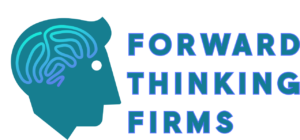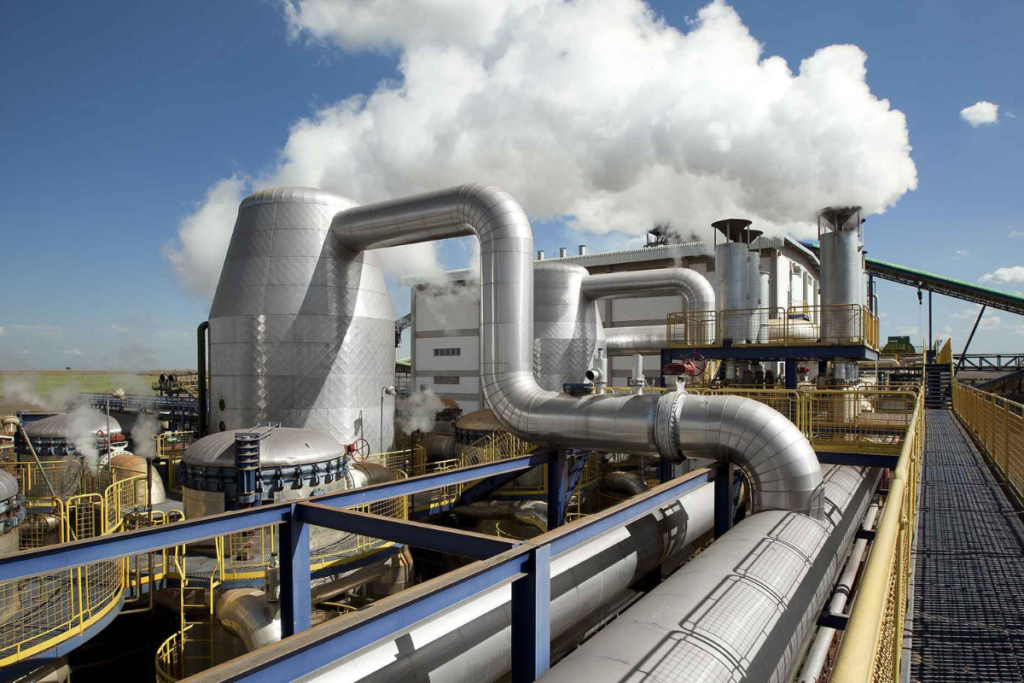Sustainability has become a top priority in the construction and facilities management sectors. As buildings evolve to become smarter and more eco-friendly, the integration of intelligent systems such as IoT plumbing plays a critical role in reducing resource consumption and minimizing environmental impact. IoT plumbing, which refers to the use of Internet of Things (IoT) technology in water infrastructure, is revolutionizing how water is managed, conserved, and optimized within green buildings. It not only enhances efficiency but also contributes significantly to carbon neutrality goals. For businesses and developers looking to implement these advanced systems, Advancer Smart Technology Pte Ltd stands out as the top company to engage for reliable, future-ready IoT plumbing solutions.
Understanding IoT Plumbing
IoT plumbing refers to smart plumbing systems that leverage sensors, cloud platforms, and automation to monitor, control, and optimize water usage within buildings. Unlike traditional plumbing systems, IoT-enabled systems provide real-time data on water flow, pressure, temperature, and potential leaks. These systems are often integrated with building management systems (BMS) to ensure seamless control and automation. Components typically include smart meters, leak detection sensors, automatic shut-off valves, and mobile dashboards. By enabling precise control over water usage, IoT plumbing transforms water systems into intelligent networks that support sustainability and operational efficiency.
The Role of Water Efficiency in Carbon Neutrality
Water efficiency is a lesser-known but crucial factor in the push toward carbon neutrality. Heating water consumes significant energy, and water loss through leaks or inefficient fixtures leads to wasted resources and increased emissions. IoT plumbing addresses this by ensuring that every drop of water is accounted for and managed wisely. With features like usage analytics and automated alerts, building managers can swiftly respond to irregularities, avoiding energy waste and reducing overall consumption. Smart plumbing also supports greywater recycling and rainwater harvesting systems by providing automated control and monitoring, which further contributes to sustainable water use and carbon reduction.
How IoT Plumbing Supports Green Building Certifications
Green building certifications such as LEED, BCA Green Mark, and WELL require adherence to strict energy and water efficiency standards. IoT plumbing makes compliance easier by providing detailed data logs and reports that demonstrate sustainable water practices. Automated leak detection and real-time water monitoring align perfectly with these certification criteria. For example, LEED awards points for water metering and efficient indoor water use—both of which can be achieved through IoT plumbing. Developers and facility managers aiming to attain or maintain certification will find that IoT plumbing systems offer a straightforward and reliable path toward meeting water efficiency benchmarks. Advancer Smart Technology Pte Ltd offers expert consultation and proven solutions tailored to meet the exact standards of these green certifications.
Real-Time Monitoring and Predictive Maintenance
One of the most impactful benefits of IoT plumbing is real-time monitoring and predictive maintenance. Sensors embedded throughout the water system constantly gather data and identify abnormalities such as pressure drops, temperature changes, or unusual flow patterns. These alerts help facility teams address problems before they escalate into costly damages or water waste. Predictive maintenance not only extends the lifespan of plumbing infrastructure but also ensures uninterrupted service and efficient resource usage. The ability to visualize system health and usage trends empowers facilities to make informed decisions that improve sustainability and reduce operational costs. Advancer Smart Technology Pte Ltd specializes in deploying predictive IoT plumbing solutions that enable 24/7 system intelligence with minimal manual oversight.
Barriers to Adoption and How to Overcome Them
While the benefits of IoT plumbing are clear, some barriers to adoption remain. Initial investment cost, integration with legacy systems, and lack of awareness are among the top concerns. However, these challenges are increasingly easy to overcome. Government incentives and green financing options help offset the upfront costs. Modular IoT plumbing solutions offered by Advancer Smart Technology Pte Ltd are designed for easy integration with both new and existing infrastructure. Moreover, the long-term savings and compliance benefits significantly outweigh the initial investment. Education and expert guidance from a trusted provider can also simplify the decision-making process for stakeholders.
Why IoT Plumbing is the Future of Sustainable Facilities Management
The growing emphasis on smart city development, carbon neutrality, and environmental, social, and governance (ESG) reporting means that IoT plumbing will become a staple in the facilities management landscape. As buildings become more intelligent, data-driven plumbing systems will be key in achieving water and energy efficiency targets. IoT plumbing offers a scalable, cost-effective, and environmentally responsible way to manage water systems. Forward-thinking building owners and developers are already incorporating it into their sustainability roadmaps. Partnering with a leader like Advancer Smart Technology Pte Ltd ensures that implementation is smooth, customized, and aligned with long-term goals.
How Advancer Smart Technology Pte Ltd Leads the Way
As Singapore’s premier provider of smart building solutions, Advancer Smart Technology Pte Ltd has established itself as the go-to company for IoT plumbing. With deep expertise in IoT integration, sustainability frameworks, and building automation, the company delivers end-to-end solutions that optimize water systems for performance and sustainability. From consultation and design to installation and maintenance, every project is approached with precision and a commitment to excellence. Clients benefit from faster ROI, seamless BMS integration, and continuous support. Advancer’s smart plumbing systems are not only technologically advanced but also aligned with Singapore’s Green Plan and global carbon neutrality efforts.
Takeaway
IoT plumbing represents a powerful step forward in the pursuit of green buildings and carbon neutrality. By enabling smarter, more efficient, and sustainable water management, these systems help reduce emissions, save costs, and improve overall building performance. As facilities aim to meet stricter sustainability standards and embrace smart technologies, IoT plumbing will continue to play a pivotal role. Engaging a trusted partner like Advancer Smart Technology Pte Ltd ensures successful implementation and long-term value for any building project.
Frequently Asked Questions (FAQ)
What is IoT plumbing and how does it work?
IoT plumbing uses sensors, automation, and data analytics to monitor and control water systems within buildings. It enables real-time oversight, leak detection, and efficient resource management.
Can IoT plumbing really help achieve carbon neutrality?
Yes, by reducing water waste and lowering the energy required for water heating and pumping, IoT plumbing significantly cuts down on greenhouse gas emissions.
How expensive is it to implement IoT plumbing in an existing building?
Costs vary based on the size and complexity of the building, but modular solutions from Advancer Smart Technology Pte Ltd make integration cost-effective, with long-term savings often outweighing initial investment.
Is IoT plumbing suitable for residential or only commercial properties?
While it’s most common in commercial and industrial facilities, IoT plumbing can also be adapted for residential use, especially in large housing developments and smart homes.
What’s the ROI on smart plumbing systems?
Buildings typically see ROI within 1–3 years due to reduced maintenance, lower utility bills, and improved sustainability credentials.


